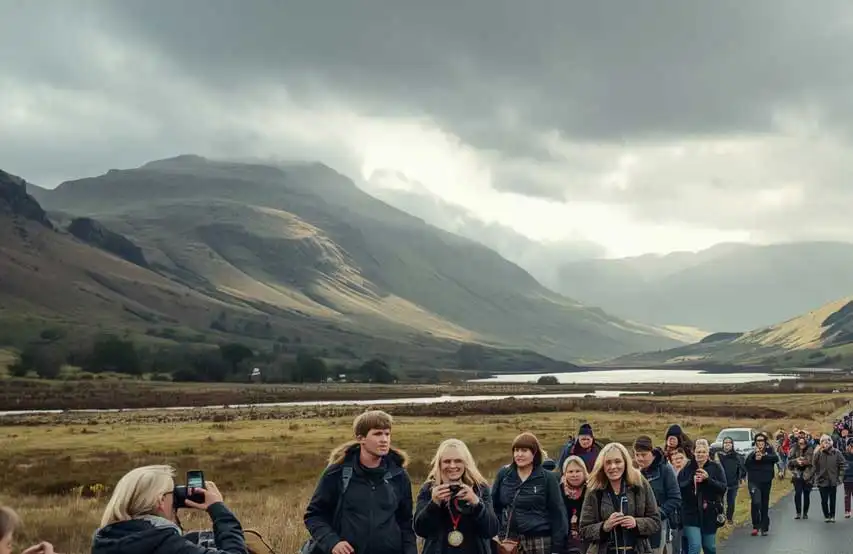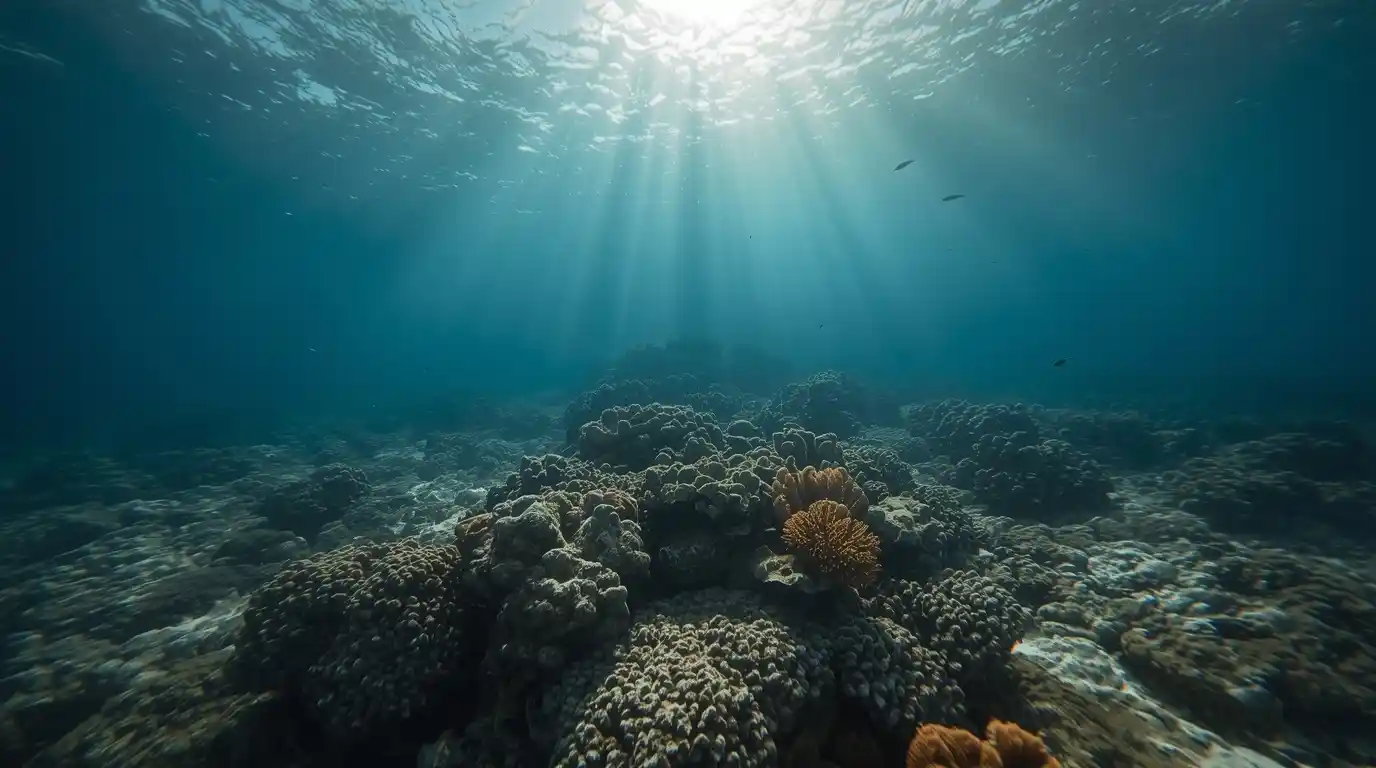5 Damaging Truths Behind Scotlands Instagram Perfect Façade
The North Coast 500 has become more than a road trip; it’s a global pilgrimage fueled by countless breathtaking images on social media.
This 516-mile loop around Scotland’s northern tip promises an epic adventure of rugged castles, misty lochs, and dramatic, untouched coastlines. It is, without a doubt, one of the most brilliantly marketed routes in the world. However, the reality for both the traveler and the local often starkly contradicts the curated perfection of Scotland’s Instagram feed. The relentless pursuit of the perfect shot has created a powerful and damaging paradox, where the very beauty that draws millions in is being loved to death. The journey, once a quiet exploration of raw nature, now confronts visitors with overcrowding, environmental strain, and a complex tension that challenges the very notion of sustainable travel.
The Illusion vs. The Reality of Scotlands Instagram Dream
Scrolling through Scotland’s Instagram reveals a fantasy: empty roads winding through majestic landscapes under golden hour light. The reality on the ground, particularly during peak season, is profoundly different. The single-track roads that weave through the region, once charming and quiet, are now choked with traffic. Drivers find themselves in long, stressful queues of rental motorhomes and sports cars, navigating narrow passes with few passing places.
The serene beauty promised online is replaced by the anxiety of navigating oncoming traffic and the impatient honking of those behind. This isn’t the solitary, contemplative journey advertised; it’s a congested convoy moving slowly past beautiful scenery, with the magic often spoiled by the logistics of simply getting through the day. The fantasy sold by influencers is a far cry from the frantic, crowded reality.
The Environmental Toll of Overtourism on Fragile Ecosystems
The most devastating impact of the NC500’s popularity is on the fragile Highland environment itself. The infrastructure of this sparse, ancient region was never designed to support such a massive influx of visitors. The consequences are starkly visible. “Grill-cycle dads,” a term coined for tourists who use disposable barbecues, have been known to scorch grassy sea fronts and even start wildfires, leaving lasting scars on the peatland.
More disturbingly, a lack of public facilities has led to some tourists using beautiful coastlines and hidden glens as toilets, polluting the environment and showing a profound lack of respect. This blatant disregard for the landscape is so severe that in 2025, Fodor’s Travel labeled the NC500 as a victim of ‘overtourism’ on its infamous “No Go” list, declaring it a ‘nuisance’ for locals and a genuine ‘danger’ to nature.
The Local Strain: When a Welcome Becomes Worn Thin
The impact on local communities is a critical part of this story. Initially, the economic boost from the NC500 was a blessing for a region that historically struggled.
However, the sheer volume of traffic has worn patience thin. The constant stream of vehicles makes simple daily tasks like commuting to work or school a frustrating ordeal for residents. The quiet, close-knit way of life that defined the Highlands is being disrupted by the non-stop parade of tourists. Furthermore, while tourism spending is up, it is often concentrated in large, corporate-owned campervan rentals and pre-booked chain hotels, with smaller, local B&Bs and shops struggling to manage the seasonal boom-and-bust cycle or the specific demands of the passing traffic. The welcome mat, once out, is now being cautiously pulled back.
A Culinary Revolution Amidst the Chaos
Yet, to write off the entire NC500 experience as negative would be to ignore a significant silver lining: a dramatic culinary revolution. The author’s recollection of the 90s—being greeted with “scampi and peas frozen and a dollop of prepackaged tartare sauce squeezed through a tube”—stands in stark contrast to today’s offerings. The influx of international visitors has spurred a demand for quality, and local entrepreneurs have risen to the occasion.
Now, travelers can feast on fresh langoustines pulled straight from the creels, sample artisan cheeses, and dine in pubs serving gourmet takes on classic Scottish fare. The road trip has, ironically, helped catalyze a food scene that celebrates local produce and talent, moving far beyond the frozen, pre-packaged past and offering a genuine taste of the Highlands.
Finding Balance: The Path Forward for Scotland’s Instagram Icon
The central question remains: has it all been negative? The answer is complex. The NC500 has created economic opportunity and showcased a forgotten part of the world to a global audience. However, the challenge now is managing its success sustainably. The path forward requires action: investment in robust infrastructure like more passing places, dedicated overnight parking areas for motorhomes with waste disposal facilities, and improved public toilets.
It also requires responsible promotion by travel outlets and influencers—managing visitor expectations by encouraging travel during shoulder seasons and educating them on the principles of “Leave No Trace.” The fate of the North Coast 500 hinges on transforming it from Scotland’s Instagram problem child into a global model for how to balance awe-inspiring tourism with the preservation of the culture and environment that makes it so special in the first place.

Reference Website:
https://edition.cnn.com/2025/08/03/travel/nc500-scotland-instagram-highway-nightmare
Table of Contents
Sports: Sport Flash
World News: The News Grid
Environment News: Eco Alert
Business News: Biz Trend Now
Dailt News: Unbiased Daily
Realm News: Real Time Realm
Retrun to our Homepage


